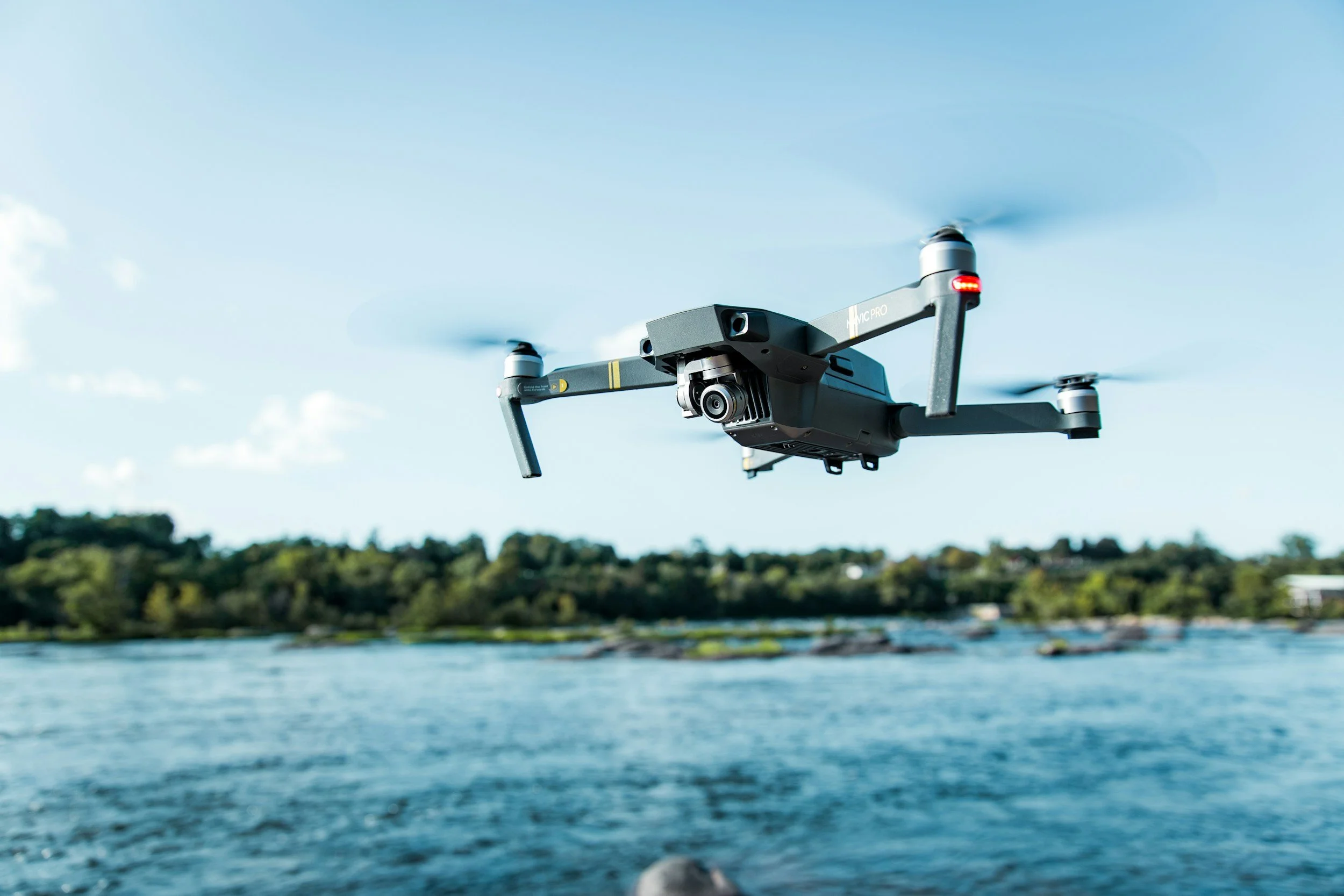By: Naina Sharma
Drones and unmanned aerial vehicles (UAVs) have been growing in prominence both for their civilian and defense uses. For example, drones played a key role in Operation Sindoor and the ensuing strikes between India and Pakistan. Over the past five years, India has made significant changes to its drone policies, including easing business regulations and compliance requirements for drone operators and providing subsidies for manufacturers. These steps increase the possibilities for collaboration between India and the United States, including on cross-border flights, standards, scaling-up manufacturing, and innovative applications. As China rapidly advances its drone capabilities, cooperation between India and the United States will be vital for both international standard setting and for both countries’ national security.
The latest changes to India’s drone policies began in December 2018 when the Ministry of Civil Aviation launched Digital Sky as a single-window platform for drone operators. Amongst other things, the Digital Sky platform enables users to obtain a Unique Identification Number (UIN), self-register their drones, apply for remote pilot licenses, and access geofencing tools that help identify restricted zones. By January 2025, the platform had already issued more than 29,500 UINs, with nearly 86% of Indian airspace classified as green zones — enabling unrestricted drone operations. Other policy innovations took place in 2020, such as when the Directorate General of Civil Aviation (DGCA) invited both domestic and foreign firms to participate in its BVLOS (Beyond Visual Line of Sight) sandbox through an Expression of Interest.
In August 2021, the Ministry of Civil Aviation released the Drone Rules, 2021 to ease restrictions on drone operations and encourage greater investments and innovations in drone technology. These rules have been derived from the guidelines established by the International Civil Aviation Organization. Previously under the No Permission–No Takeoff (NPNT) framework in India, drones were required to receive real-time digital permission before every takeoff. The new rules eliminated the NPNT requirement and allows operators to self-certify compliance with protocols before each flight. In addition to regulatory changes, India has taken steps to incentivize drone manufacturing, including through its Production-Linked Incentive scheme.
These recent steps by India open avenues for collaboration with the United States, including the prospect of greater cross-border flights. Presently, there are no binding international rules for cross-border drone flights. However, India does not have to start from scratch — it can learn from models that already exist. One of the most advanced examples is the European Union’s U-Space framework, which has created a unified system for remote identification, geofencing, and drone traffic management services. In the United States, the Federal Aviation Administration (FAA) has Bilateral Aviation Safety Agreements (BASAs) with several countries — including Canada, Japan, and members of the European Union — that allow them to recognize each other’s certifications for airworthiness, pilot licenses, and aircraft maintenance. While these agreements were originally meant for traditional aircraft, they provide a useful starting point for India and the United States to create a bilateral framework for drones.
India and the United States can also collaborate by sharing research on AI-powered drone autonomy, coordinating cross-certification for dual-use systems, and establishing joint test sites for drones serving both agriculture and disaster response. For example, a joint pilot project between the FAA and DGCA could offer a valuable way to test how drone corridors from both countries could work together in controlled settings. Or imagine combining India’s Namo Drone Didi training program with the U.S. Defense Innovation Unit’s cybersecurity standards — like those in the Blue UAS program — to produce secure, scalable drones that can handle everything from precision farming to disaster relief. By aligning India’s Drone Shakti Scheme with U.S. initiatives like Blue UAS and Green UAS, the world could have an alternative to China’s dominance in the drone market. Projections suggest India’s drone manufacturing sector could reach $23 billion by 2030, fueled by demand in agriculture, defense, logistics, and infrastructure.
The stakes go far beyond just technology. China is rapidly advancing in drone swarming capabilities and aggressively exporting surveillance drones to other countries, raising serious concerns. For both Washington and New Delhi, cooperation on drones isn’t just about business: it’s a chance to take the lead in setting global rules for autonomous drones and shaping how these technologies are governed across the Indo-Pacific and beyond.
Naina Sharma is a California-based lawyer.

